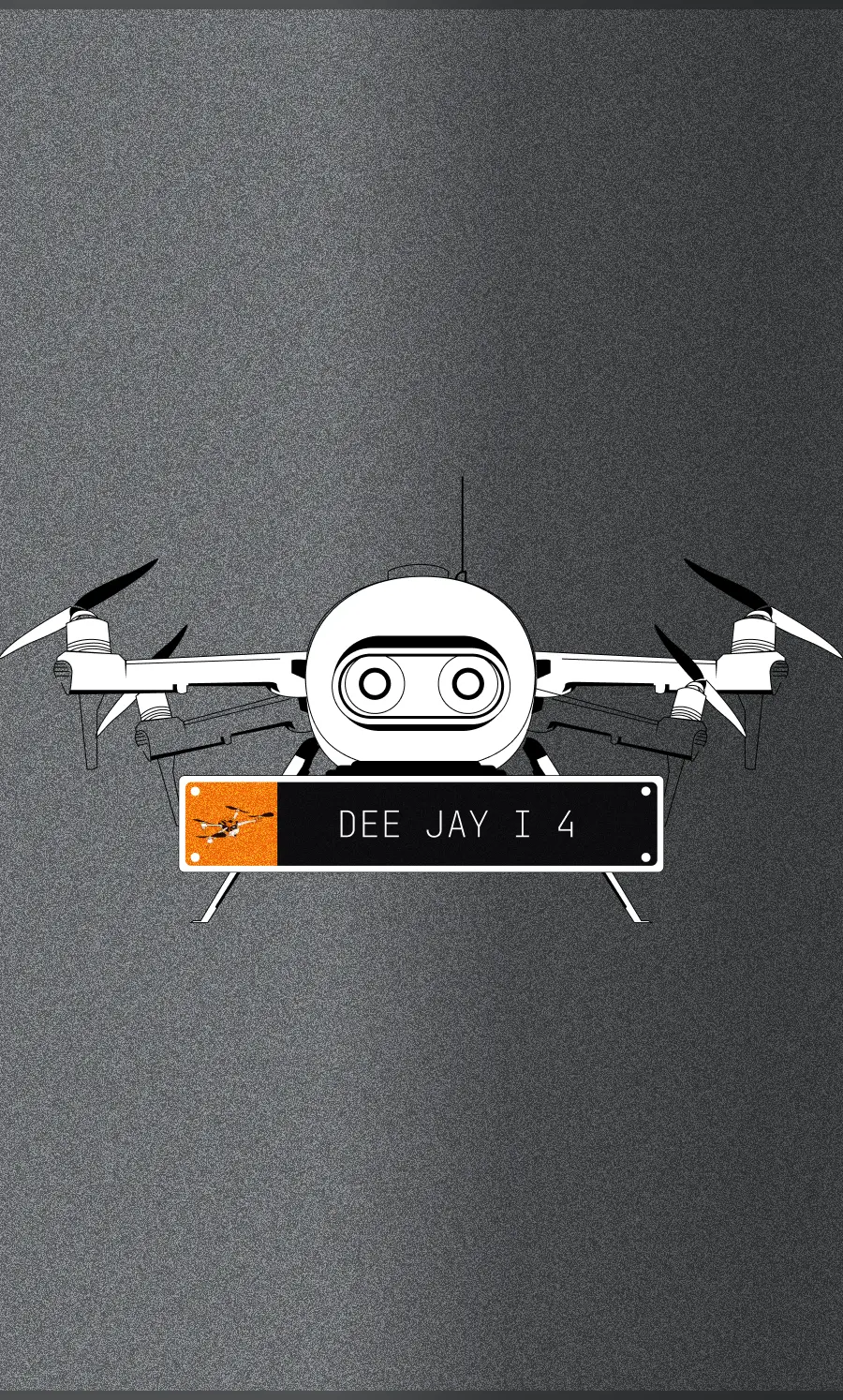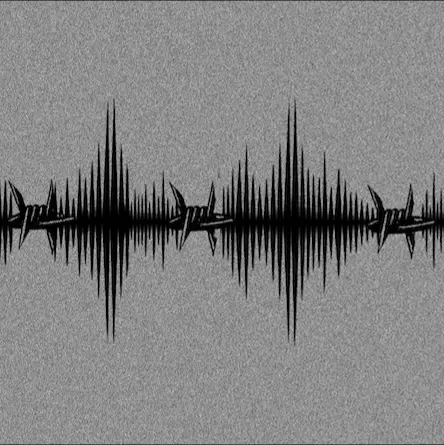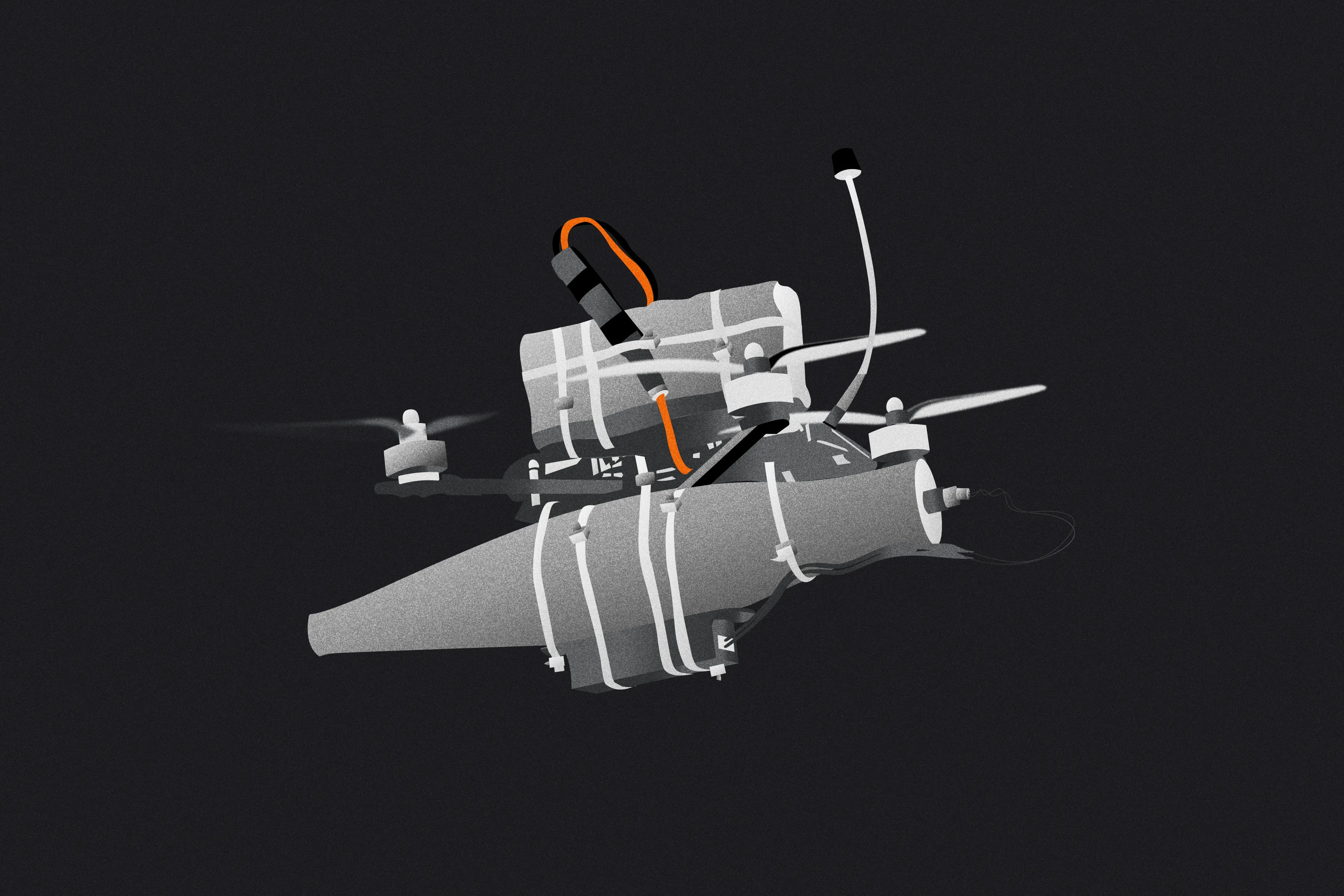Drone ID based detection sucks.
Here’s the problem: The drone ID is often sold as if it’s the complete drone detection system. It’s not. It only spots the rule followers, although from the point of view of security or identification, it’s the rule breaker.
The modern world is a fan of labels for distinction. Names. Aadhar numbers. Number plates. Barcodes. Even your smart refrigerator knows your Wi-Fi password. Identification is how we make sense of who’s who and what belongs to whom. But things get tricky when you have flying machines in the sky with no tags, no number plates, and no accountability.
Which is where Drone ID/Remote ID comes in. A digital license plate for drones. The US began rolling this out in September 2022, with full enforcement from March 16, 2024. [1] [3]
Here’s what Drone ID does:
- Each drone broadcasts a unique ID (like a number plate in the sky)
- Sends real-time data like location, altitude, speed, pilot location, and time stamps
- Communicates via Wi-Fi or Bluetooth to nearby receivers
- Helps authorities track drones, and ideally, discourage misuse
Drone ID is mandatory for all drones weighing more than 250 grams, no exceptions. Whether you're flying for fun or profit, it must be registered and carry a valid Drone ID. [2]
As with any regulation, backlash followed. DIY tinkerers weren’t thrilled. Some manufacturers (including DJI) raised red flags about privacy and feasibility. Greg Reverdiau, cofounder of Pilot Institute, even warned it could gut the FPV market and bury older drones altogether.
And yet, here’s the catch: The False Sense of Security
Drone ID applies to registered, commercial drones.
But the drones that show up in warzones, smuggling routes, and shady airspaces? Not exactly store-bought or ID-tagged.
As drones continue to proliferate in military and civilian environments, the demand for counter-drone solutions has surged. The real issue is that vendors often market Drone ID (the telemetry broadcast) as a complete drone detection solution, solely relying on it, which is dangerously inadequate, as it provides a false sense of security and detects only compliant drones, leaving out the most dangerous ones. To make matters worse, some vendors are leveraging Drone ID detection to bypass RFIs and tenders. It may check the right boxes during trials and demos, but those are staged environments. On the frontlines, where the unpredictability is real and the stakes are human lives, such superficial compliance becomes a dangerous compromise.
In a real-time war situation, such systems pose the threat of becoming more of a liability than an asset to protect the nation. A truly comprehensive system should integrate Radio Frequency Machine Learning (RFML), Digital Signal Processing (DSP), and Drone ID to detect friendly and adversarial drones.
The Illusion of Drone ID:
Provided most drones, primarily DJI ones, utilise this to broadcast their telemetry mentioned previously, while it is useful for identification of friendly and commercial drones, it has critical limitations:
- Only works with DJI (and a few others): Most military and modified drones do not broadcast DroneIDs. Many are DIY. Some run on open-source software (for example, ArduPilot, PX4). Most don’t follow the rules or the spectrum, or simply just disable telemetry.
- Passive and Easily Spoofed: Since DroneIDs are encrypted, they could be conveniently falsified. One could mimic legitimate DroneID signals to deceive defenders.
- No Detection of Non-Cooperative Drones: Silent drones, first-person view (FPV) racing drones, or military UAVs will not appear in a DroneID system, leaving massive blind spots.
What is bought as a measure of security and safety with a peace of mind to detect and jam drones, becomes a blind spot for the same.
Anatomy of a Good Counter-Drone System:
To detect all drones reliably, regardless of their class, a layered approach is essential:
1. RFML (Radio Frequency Machine Learning):
- Detects drone communication signals, be it control signals, video signals, or telemetry, even if they do not use Drone ID.
- Uses AI to classify drone types based on RF fingerprints, distinguishing between DJI, Autel, FPV, or custom drones.
- Identifies anomalous signals like frequency-hopping or encrypted links used by military drones.
2. DSP (Digital Signal Processing):
- Analyses the RF spectrum in real-time, detecting low-power or spread-spectrum signals that simple scanners miss.
- Enables direction-finding and triangulation to locate drone operators, even if they are not broadcasting Drone ID.
- Works against jamming and spoofing attempts, providing resilience in contested environments.
3. DroneID (As a supplementary tool):
- Useful for monitoring authorized DJI drones in permissive environments (e.g., airports, critical infrastructure).
- Adds situational awareness but should never be the sole detection layer.
A truly effective system fuses all three: RFML and DSP detect hostile drones, while DroneID helps manage friendly ones.
Why This Matters in Drone Defence
Drone ID is a welcome step for civilian air traffic sanity. But from a security perspective? It’s only part of the puzzle. Imagine a drone racing toward a border outpost at 150 km/h. Your system blinks. Your screen stays clean. And then it’s too late. In a high-threat situation, it could give a false sense of security, for instance, operators may assume that “No Drone ID alert = No Drone Threat”, ignoring stealthy or custom/DIY UAVs. Military drones (e.g., Switchblade, Lancet, Orlan-10) don’t use Drone ID, rendering such systems blind.
When a drone flies using DroneID, it is like a drone operator carrying a loudspeaker saying, “Hey! I’m over here!”. Enemy forces can listen in on these signals, figure out where the pilot is, and then launch an attack of their choice at that spot. Instead of staying hidden, drone pilots become targets unintentionally, just because their equipment automatically gives out their location.
In short: DroneID turns stealth into a glowing neon sign.
The attackers also have the potential to flood an anti-drone system with fake signals, overwhelming the operators with false alarms. Now imagine if an attacker floods that anti-drone system with fake dots, hundreds of them. Operators now have no idea which drone is real and which one is fake. It’s chaos.
Drone ID is not a threat detection system. It's an airspace etiquette feature. Useful in peacetime, dangerous in conflict. In modern warfare, where drones are fast, silent, and sometimes hostile, systems that rely solely on Drone ID are setting themselves up to fail. The real threats don’t follow the rules. They don’t broadcast their location. They don’t show up on your screen. That’s why drone defence today needs to be proactive, not polite. It needs to detect intent, not just ID. In the real world, protection comes from layered, intelligent detection, where RFML and DSP do the heavy lifting, and DroneID plays backup. Because when seconds count, false comfort is the most dangerous thing one can have, and if your drone detection system only sees what the drone wants you to see, you’re not detecting drones, you’re being deceived by them.
This is precisely why selling Drone ID as detection is not just misleading but also dangerous, because the systems that are meant to keep you safe can become the very reason you’re exposed.
And this is the kind of problem we obsess over at Armory.
Because if you’re going to defend the skies, you better know exactly what’s in them.
Here is a short explainer video we made for the visual learners: https://x.com/ArmoryShield/status/1976868091138302174/video/1
References:
- Duffy, R. (2021, July 2). How Remote ID, the rule that will enable US drone delivery, came together. Tech Brew. https://www.emergingtechbrew.com/stories/2021/07/02/remote-id-rule-will-enable-us-drone-delivery-came-together
- Kristaps BrassProduct Owner @ SPH Engineering. (n.d.). Drone Remote ID in 2024: What you need to know. https://www.sphengineering.com/news/drone-remote-id-in-2024-what-you-need-to-know
- Api, S. (2025, March 17). Understanding the FAA’s remote ID rule for drones: A full guide on how it works, and how to comply. Dronefly. https://www.dronefly.com/blogs/news/understanding-the-faas-remote-id-rule-for-drones-a-full-guide-on-how-it-works-and-how-to-comply
- AeroDefense. (2025, April 7). The Ultimate guide to drone Detection. AeroDefense. https://aerodefense.tech/the-ultimate-guide-to-drone-detection/#:~:text=Similar%20to%20a%20vehicle's%20unique,for%20Radio%20Detection%20and%20Ranging.

.svg)



















